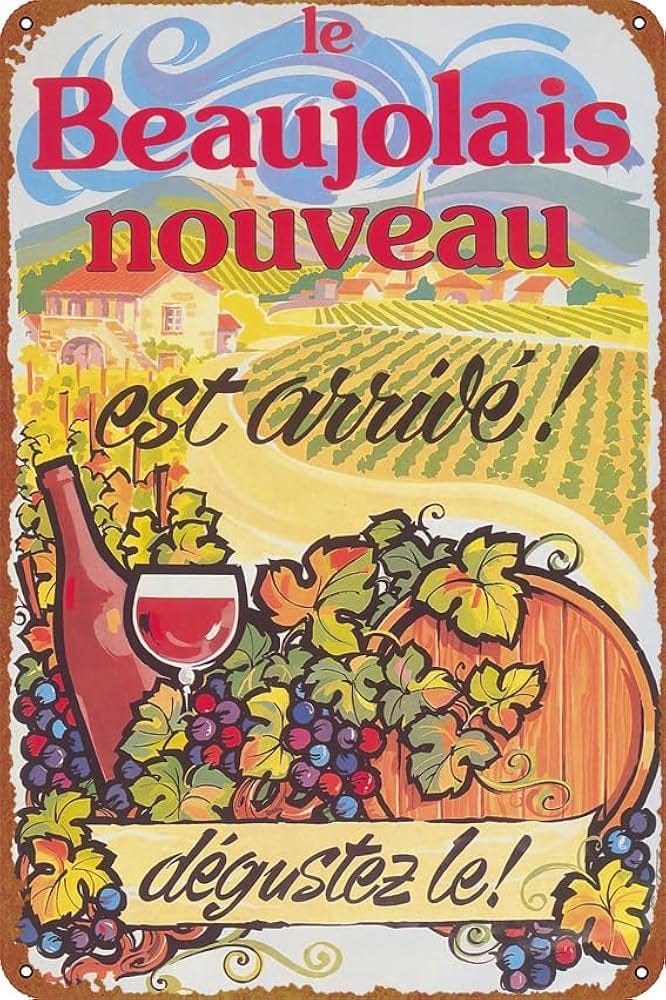💪 Warm up time
Happy Monday! The following terms, regions and/or concepts start with the same letter. Can you deduce what this letter is?
Wines labelled as this have a maximum of 4g/l residual sugar, or up to 9 g/L if residual sugar does not exceed total acidity by more than 2g/L . The proportion of wines made in this category produced varies considerably between regions.
A district within the Coastal region of South Africa. Despite its location, it has no physical contact with the coast and no coastal climate influence. It is described as a very warm, dry, sheltered valley surrounded by mountains.
This term is used in the context of Bordeaux en primeur sales. It refers to a small amount of wine put up for sale, typically the first release, the price of which influences subsequent releases.
With 1,700 hectares planted to vines, it contributes less than 1% of Australia’s total wine production by volume but is a key producer of premium-priced wines. Still wines make up 60% of its production. It generally has a cool, maritime climate due to its southerly latitude (around 41–43°S) and the prevailing westerly winds.
The answer to this warm up question is at the end of today’s entry.
⏳ Past exam question
Question two from the May 2024 exam
Explain how grape growing and winemaking in Beaujolais result in red wines of differing styles & quality levels.

💡 Examiner’s report
© Wine & Spirit Education Trust
This proved to be a well-revised and well-answered question resulting in one of the highest pass rates across both theory papers. Generally, candidates demonstrated a good level of knowledge, highlighting accurate details regarding climate, different soil types, quality levels and winemaking differences. It was also encouraging to see most candidates had a solid understanding of carbonic and semi-carbonic maceration and the differences between them, as well as some of the different Crus and the varying styles they produce.
Providing information such as this was typically enough to pass comfortably, but there was a lack of exceptional answers that made direct links between grape growing and winemaking with style and quality. It is by doing this (identifying and linking causes to outcomes) that candidates demonstrate a true understanding of the subject, and are rewarded with higher grades. For example, although many answers noted the different quality levels/AOCs within Beaujolais, only a minority explained the factors that caused them. These could have included site location, yields, maceration times, the use of oak maturation or carbonic maceration, etc. While it is imperative that Diploma candidates have the required level of detailed knowledge, it is equally important that they practise structuring and writing D3 answers. Developing an in-built writing formula (such as stating fact A, with reason B, followed by explanation C), will result in more analytical and authoritative answers, and higher grades.
Some other common issues included:
Repeated misspelling of Nouveau
Lack of understanding of relevant viticulture (e.g., stating machine harvesting for Nouveau)
The use of ‘premier’ or ‘grand’ cru references, which are not applicable in Beaujolais
Confusion between whole bunch and carbonic fermentation
Overstating and generalising about the natural wine movement in Beaujolais – not every winemaker in the crus uses ambient yeasts and low/no additional sulphur • Lack of clarity over whether Beaujolais is part of Burgundy or not, which was not relevant for this question
Spending too long discussing commercial opportunities for Beaujolais styles, which again was not relevant.
🥁 Answer to today’s warm up question
Trocken: Wines labelled as this have a maximum of 4g/l residual sugar, or up to 9 g/L if residual sugar does not exceed total acidity by more than 2g/L . The proportion of wines made in this category produced varies considerably between regions.
Tulbagh: A district within the Coastal region of South Africa . Despite its location, it has no physical contact with the coast and no coastal climate influence . It is described as a very warm, dry, sheltered valley surrounded by mountains.
Tranche: This term is used in the context of Bordeaux en primeur sales . It refers to a small amount of wine put up for sale, typically the first release, the price of which influences subsequent releases.
Tasmania: With 1,700 hectares planted to vines, it contributes less than 1 per cent of Australia’s total wine production by volume but is a key producer of premium-priced wines. Still wines make up 60% of its production. It generally has a cool, maritime climate due to its southerly latitude (around 41–43°S) and the prevailing westerly winds.
Quick revision
German wine laws: WSET Diploma in Wines D3 textbook p167
Tulbagh: p511-510
Bordeaux en primeur: p28-29
Tasmania: p550-552








